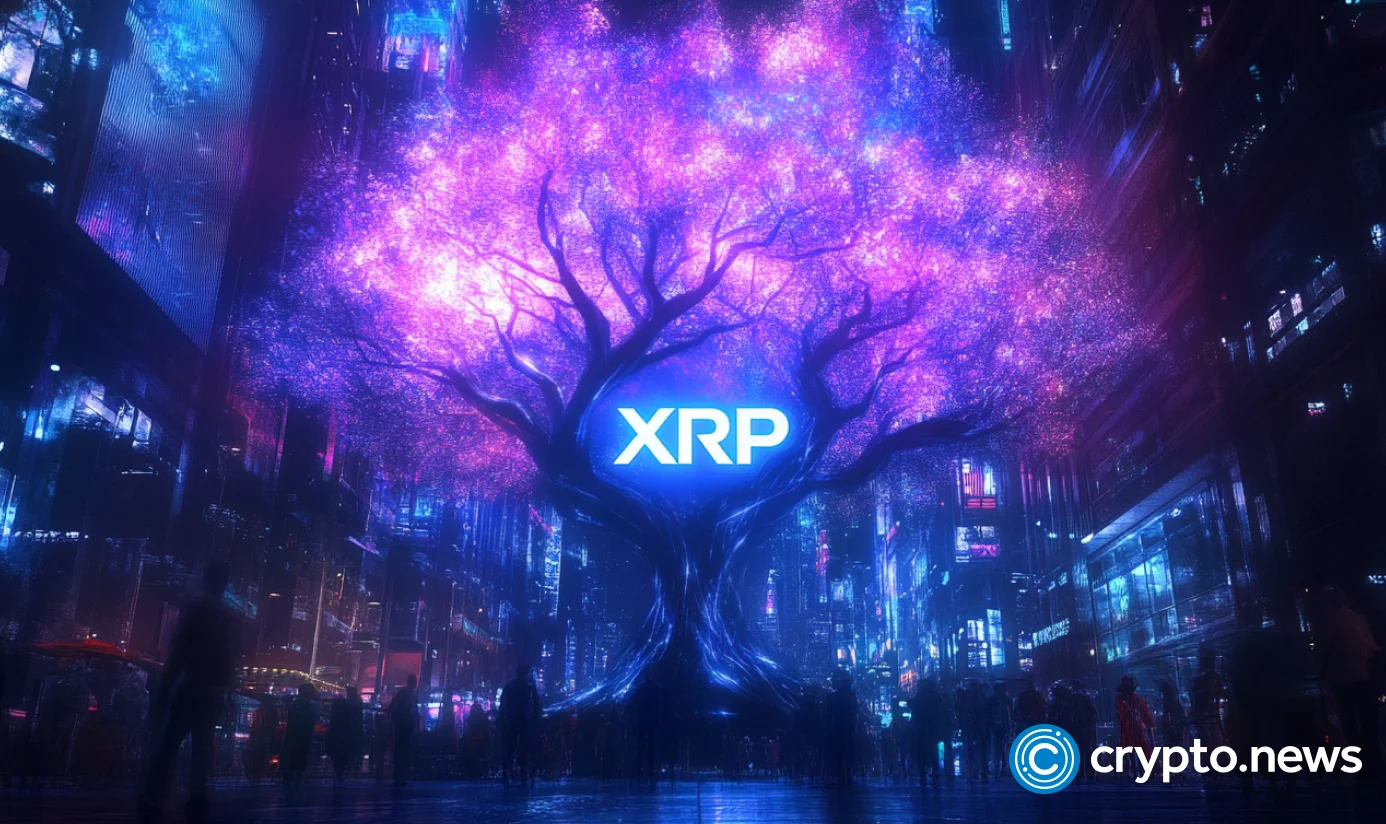
Ripple’s XRP Plunges 35% as Token Burn Rate Crashes Amid Market Downturn
Introduction
Ripple’s XRP has experienced a significant price correction, retreating for the second consecutive day to a low of $2.40. This represents a 35% decline from its highest point in July of this year, underscoring the token's vulnerability amid broader market weakness. The downturn coincides with a notable deceleration in the growth of the XRP ecosystem, highlighted by a crashing token burn rate and declining metrics across its decentralized finance (DeFi) sector. As investors remain cautious ahead of key US economic data, these internal and external pressures have converged, placing substantial downward momentum on one of the largest cryptocurrencies by market capitalization.
XRP Price Pullback Intensifies Amid Market Weakness
The price of XRP has pulled back over the past few months, with the recent drop positioning it at $2.40, down from this week’s high of $2.550. This decline is part of a broader crypto market downturn, where investors are largely staying on the sidelines ahead of the release of US inflation data. Such macroeconomic indicators often trigger volatility across risk assets, including cryptocurrencies, and XRP has been no exception. The token's retreat reflects not only these external headwinds but also growing concerns about its own ecosystem's health, which has shown signs of stagnation after a period of earlier growth this year.
Token Burn Rate Crashes as Network Activity Slows
A critical factor in XRP's recent performance is the dramatic decline in its token burn rate. The XRP Ledger utilizes a transaction fee mechanism where a small amount of XRP is destroyed (or "burned") with each transaction. This process is designed to reduce the overall supply over time. Data reveals that the amount of XRP burned as fees has plummeted to an average of less than 1,000 tokens per day, a sharp decrease from over 4,500 tokens daily just a few months ago. This crash in the burn rate is a direct consequence of reduced network usage; the number of transactions on the XRP Ledger has dropped to 1.123 million, down significantly from 2.5 million in July. Cumulatively, the total number of XRP burned has reached 14.2 million, equivalent to $32 million at the current price. For a token with a market capitalization of over $147 billion, this burn rate constitutes a tiny amount, minimizing its deflationary impact on the overall supply.
DeFi Ecosystem Shows Signs of Stagnation
The slowing growth of the XRP Ledger ecosystem is further evidenced by key DeFi metrics. The total value locked (TVL) in the XRP DeFi industry has dropped to $86 million, down from its year-to-date high of $102 million. Similarly, the trading volume on the XRP Ledger’s native decentralized exchange (DEX) has plunged to $6.1 million, down from this month’s high of $12 million. The stablecoin market capitalization within the ecosystem has also seen a slight contraction, falling to $184 million from its year-to-date peak of $186 million. These figures point to reduced user activity and capital flow within XRP's decentralized finance landscape, contributing to the negative sentiment surrounding the token.
A Glimmer of Hope: REX-Osprey XRP ETF Surpasses $100 Million AUM
Despite the prevailing negative trends, one development offers a potential counter-narrative for long-term adoption. The recently launched REX-Osprey XRP ETF (XXRP) has crossed the $100 million milestone in assets under management (AUM). This achievement is significant as it demonstrates tangible institutional and retail investor demand for regulated XRP investment vehicles in markets where they are available. The success of this ETF is often cited by analysts as a positive indicator for the potential reception of future XRP-based ETFs, particularly if they were to be approved for trading in larger markets like the United States.
XRP Price Technical Analysis Reveals Key Pattern
On the two-hour chart, the XRP price action shows the token trading at $2.40, down from this week’s high of $2.550. Technically, the price has formed an inverse head-and-shoulders pattern and appears to be in the process of forming the right shoulder. This pattern is typically viewed as a bullish reversal signal by traders. Furthermore, the price is currently moving inside the Ichimoku Cloud indicator, which often signifies a period of consolidation and potential trend indecision. Based on this technical structure, analysts suggest that XRP could see a rebound and potentially retest the key resistance level at $2.550. A confirmed move above that level would point to more gains, with the next significant resistance positioned at $2.6415, which was the token’s highest point on October 14.
Strategic Conclusion: Navigating Uncertainty in the XRP Ecosystem
The current state of Ripple's XRP presents a complex picture defined by conflicting signals. The immediate outlook is clouded by a significant price plunge, a crashing token burn rate due to slowed network activity, and contracting DeFi metrics. These factors underscore the sensitivity of crypto assets to both broader market sentiment and internal ecosystem vitality. However, the successful accumulation of over $100 million in AUM by the REX-Osprey XRP ETF provides a concrete data point suggesting sustained institutional interest that could underpin future growth.
For readers and investors monitoring XRP, the key areas to watch are multifaceted. First, tracking whether network transaction volume can recover will be crucial for assessing the health of the burn rate and overall utility. Second, observing if DeFi metrics like TVL and DEX volume can reverse their decline will indicate whether developer and user activity is returning. Finally, any new developments regarding the potential launch of additional XRP ETFs in major markets like the US would represent a significant catalyst. While technical analysis suggests a potential near-term rebound towards $2.550, XRP's medium-term trajectory will likely be determined by a combination of renewed ecosystem growth and its ability to navigate an uncertain macroeconomic landscape.
Disclaimer: This article is for informational purposes only and does not constitute financial advice. The cryptocurrency market is highly volatile; readers should conduct their own research before making any investment decisions.